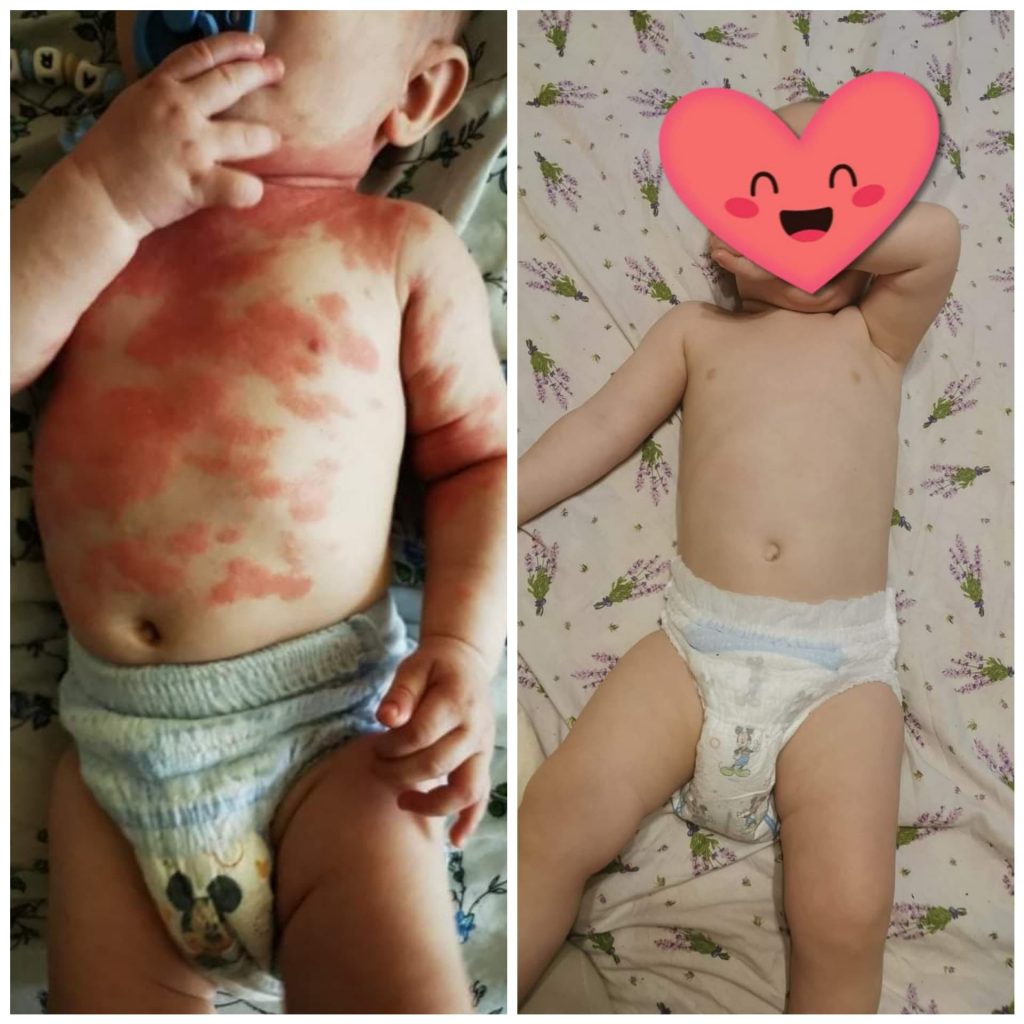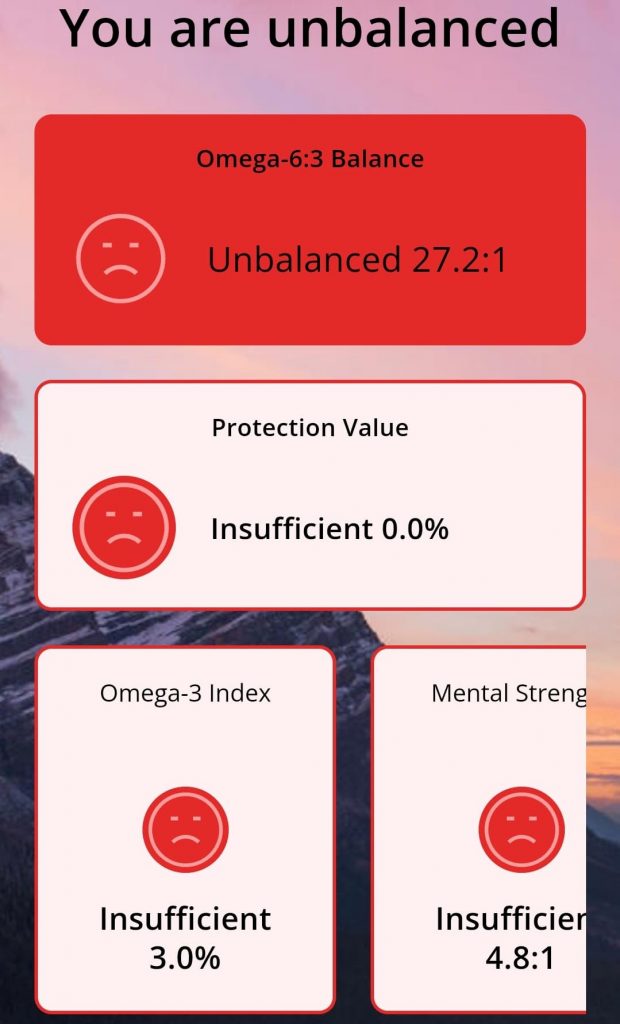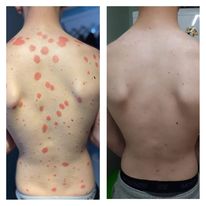You can do the omega 3-6-9 test, which measures 11 fatty acids, including saturated, monounsaturated (Omega-9) and polyunsaturated (Omega-6 and Omega-3) fatty acids. Individual fatty acid values are shown in the table and expressed as percentages of the total fatty acids measured. For comparison in the table, the average range for each fatty acid (based on data obtained from a large group of balanced people) is presented as Target Value. The following fatty acids are measured:
Palmitic acid, C16:0, saturated fat
Stearic acid, C18:0, saturated fat
Oleic acid, C18:1, Omega-9
Linoleic acid, C18:2, Omega-6
Alpha-linolenic acid, C18:3, Omega-3
Gamma-linolenic acid, C18:3, Omega-6
Dihomo-gamma-linolenic acid, C20:3, Omega-6
Arachidonic acid (AA), C20:4, Omega-6
Eicosapentaenoic acid (EPA), C20:5, Omega-3
Docosapentaenoic acid (DPA), C22:5, Omega-3
Docosahexaenoic acid (DHA), C22:6, Omega-3
Key Benefits
- Easy-to-use dried blood spot self-test
- Measures 11 fatty acids in your blood
- Provides data about your Omega-6:3 Balance
This little boy has suffered from atopic dermatitis and despite using many medications and steroid creams, nothing helped. The omega 3 test was done, omega balance oil dose administered, beta-glucans added to baby’s diet and baby’s health has seen an improvement.
Omega 3 test will show the inflammatory marker at the cellular level and cell membrane elasticity. This will allow us to choose the correct omega 3 balance oil dose, get your omega fatty acids balanced and inflammation in your cells reduced.





